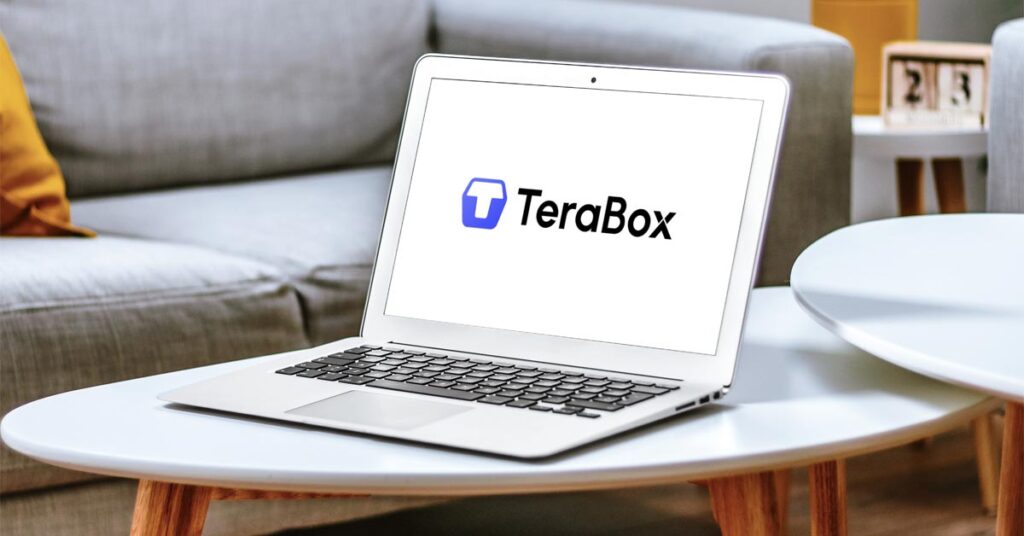It can be difficult to manage and organize large volumes of digital materials. Businesses and creative
professionals can now attain order and efficiency in their digital operations thanks to the introduction of
digital asset management (DAM) software.
This article delves into the art of digital harmony and how digital asset management software can transform the way businesses store, organize, and share digital assets, eventually simplifying operations and unleashing the real potential of their creative activities.
What is digital asset management software?
DAM software is a sophisticated tool meant to assist organizations and people in properly managing their digital assets. It serves as a centralized repository for storing, organizing, and sharing many forms of digital assets, including photographs, videos, documents, and audio files. DAM software is a complete solution that allows customers to optimize processes, improve collaboration, and keep ownership of their digital assets.
DAM software functions at its heart by offering a centralized database or cloud-based system for users to upload and organize their digital assets. Metadata, which can contain information such as file type, keywords, copyright details, and use rights, is attached to these assets. This information enables rapid and efficient asset search and retrieval, saving important time and effort.
Applications of digital asset management software in real-life scenarios
Here are some real-life examples of digital asset management software:
1. Marketing and advertising
Digital asset management software is extensively used in the marketing and advertising industries to expedite the development, storage, and delivery of marketing materials. Marketing teams can use DAM software to easily manage brand assets like as logos, photos, and videos, guaranteeing consistent branding across several campaigns and platforms.
It allows for instant access to authorized content, promotes cooperation among team members and external stakeholders, and streamlines the process of customizing assets for multiple marketing channels.
2. E-commerce and retail
DAM software is useful for e-commerce and retail enterprises that deal with a high amount of product photos, descriptions, and promotional materials. It allows for the central storage and organizing of product photos, allowing for quick retrieval and asset management.
DAM software makes businesses easier to update product information and graphics across numerous sales channels, such as websites, mobile applications, and catalogs. It also promotes coordination among marketing teams, product managers, and external suppliers, assuring uniform and accurate product portrayal to improve the customer experience.
3. Publishing and documentation
DAM software helps publishing firms, educational institutions, and corporate documentation departments manage their digital information effectively. Document, PDF, e-book, and other textual materials can be easily organized, versioned, and distributed with DAM systems.
It facilitates the development and dissemination of information across several formats and platforms by simplifying cooperation among writers, editors, and designers. By offering access restrictions and monitoring use rights for critical documents, DAM software also aids with compliance and security.
Benefits of using digital asset management software for your business
When you use digital asset management software, your business is bound to gain the following examples:
1. Improved organization and accessibility
For storing and managing digital assets, digital asset management software offers a centralized and organized repository. Users can simply search and discover assets thanks to powerful tagging and metadata features, saving important time and effort.
This better arrangement makes assets more accessible, resulting in increased productivity and simpler procedures.
2. Enhanced collaboration and workflow efficiency
By offering a single platform for asset sharing and collaboration, DAM software promotes cooperation among team members and external stakeholders. It enables real-time feedback and reduces bottlenecks in the creative process by facilitating seamless file sharing, version control, and comments.
DAM software increases overall productivity and shortens project deadlines by supporting effective collaboration and workflow management.
3. Brand consistency and asset control
Brand consistency is critical for firms in a variety of sectors. By acting as a single source of truth for authorized assets, style guides, and brand standards, DAM software helps to assure consistent brand representation.
It gives you control over asset use rights, licensing, and permissions, preventing illegal asset access or usage. Organizations can use DAM software to preserve brand integrity, safeguard intellectual property, and build a consistent brand identity across channels.
4. Cost and time savings
DAM software implementation can result in considerable cost and time benefits for enterprises. Organizations can streamline operations and deploy resources more effectively by simplifying asset management and minimizing manual procedures.
The ability to quickly and easily retrieve assets saves time spent looking for files, allowing teams to concentrate on vital activities. Furthermore, DAM software minimizes the need for unnecessary asset development by repurposing and sharing existing assets, resulting in cost savings and enhanced productivity.
Final words
Software for managing and maximizing digital assets has had a profound impact on the efficiency with which enterprises and people operate. DAM software improves accessibility, collaboration, and brand consistency by offering central storage, efficient management, and optimized processes.
Increased productivity and overall success result from the advantages of better organization, greater cooperation, reduced costs and saved time, and managed utilization of assets.
Organizations can realize the full potential of their digital assets and establish order, efficiency, and creativity in the ever-changing digital world by adopting the art of digital harmony using DAM software.
ⓘ LAFFAZ is not responsible for the content of external sites. Users are required to read and abide by our Terms & Conditions.








